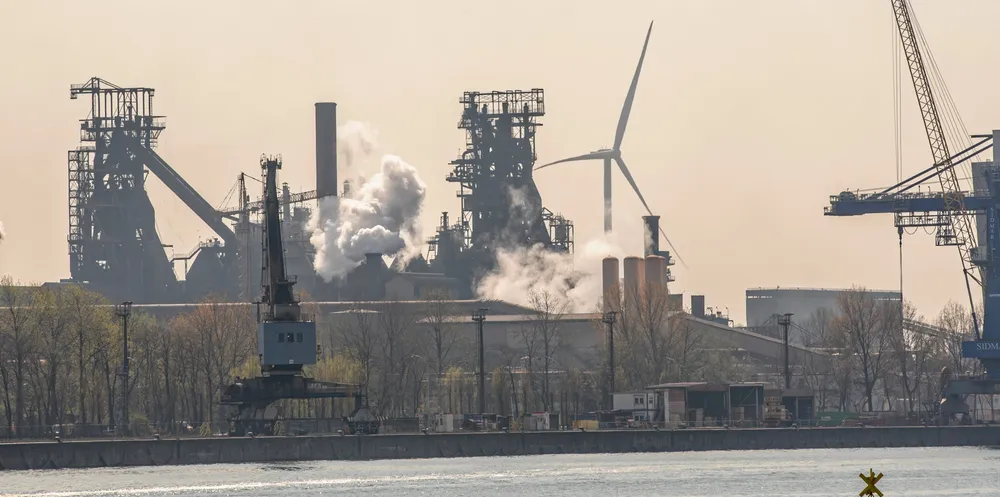'Too late, too costly': world's largest steelmaker likes look of biomass not green hydrogen
Top executive from ArcelorMittal says other options currently better placed than renewable H2 for decarbonisation

Green hydrogen from renewables will be too expensive for too long to help Europe's steel industry decarbonise in time, claimed a top executive from the world’s largest steelmaker who said alternatives based around biomass currently look a better bet.
“We’re looking at least on a 10- if not 20-year horizon before we see those economics being positive. We don’t have that kind of timescale in which to make some meaningful dent in emissions from steelmaking, at least in Europe,” Clarke told the BNEF Summit.
“If hydrogen was to come down in cost much quicker than most people see, we would be the first to be cheerleaders. But when we look at it from all directions, it’s a long way out, and we need to do something much sooner
“Whenever we stack it up against other potential solutions the other solutions are superior from a cost perspective for 10 if not 20 years.
“We’re going to have to use vectors other than hydrogen, because it’s not going to be ready, or available or cost effective.”
ArcelorMittal, which in Europe has set a target to reduce emissions by 30% by 2030, is also looking at options for what he called direct electrolysis, a technique which removes the need for hydrogen at all as an “intermediary step” between renewable power and the steelmaking process.
Renewable hydrogen is currently generally reckoned to cost at least $2.50 per kilogram even under the most favorable production scenarios, with a wide variety of opinions over how far and fast that will fall.
Clarke added that policy changes could also alter the landscape quickly if game-changing moves emerge around carbon pricing, or measures to create a European financial ‘border’ to level the playing field with steel produced less sustainably elsewhere.
Orsted's Neubert upbeat
Although regulatory hurdles remain and the sector needs to scale up fast, Neubert said renewable hydrogen “shows a lot of similarities” with offshore wind, “which a decade ago was considered a very expensive R&D experiment in the North Sea.”
The Orsted executive said “we showed in less than a decade that the industry can become zero-subsidy, and a cost-effective means of large-scale renewable energy production”.
Neubert pointed out that the steel industry could see early demand for green steel in sectors such as automotive as consumers look to make sustainable choices when car buying.
'BECCS ticks many boxes'
Bioenergy and carbon capture and storage (BECCS) marries bioenergy with carbon capture in a bid to deliver an energy value chain with the potential to be emissions-negative – storing more CO2 than is produced in the production phase.
A sustainable crop – which itself draws CO2 from the atmosphere via photosynthesis during its lifecycle – is cultivated and harvested for biomass feedstock, converted to a fuel and used in an industrial process, with the CO2 released in combustion or conversion stored in a CCS facility.
ArcelorMittal vice president and head of strategy David Clarke told the BNEF Summit that in terms of providing an alternative to fossil fuels in steelmaking, “BECCS technology boxes are either ticked or on the way to being ticked”.
The steel giant is currently building a large-scale demonstration plant in Belgium to convert waste wood that can be used in its blast furnaces.
Clarke said as well as looking favourable technically and economically, BECCS has the “very exciting prospect” of turning steelmaking into a carbon sink that stores more CO2 than it consumes.
In a 2019 report on the sector, the Carbon Capture Institute noted that there are only a handful of projects underway globally, and that the whole idea relies on mass roll-out of CCS more widely.
There have also been questions over the sustainability of biomass supply chains needed to support massive decarbonisation of industries.